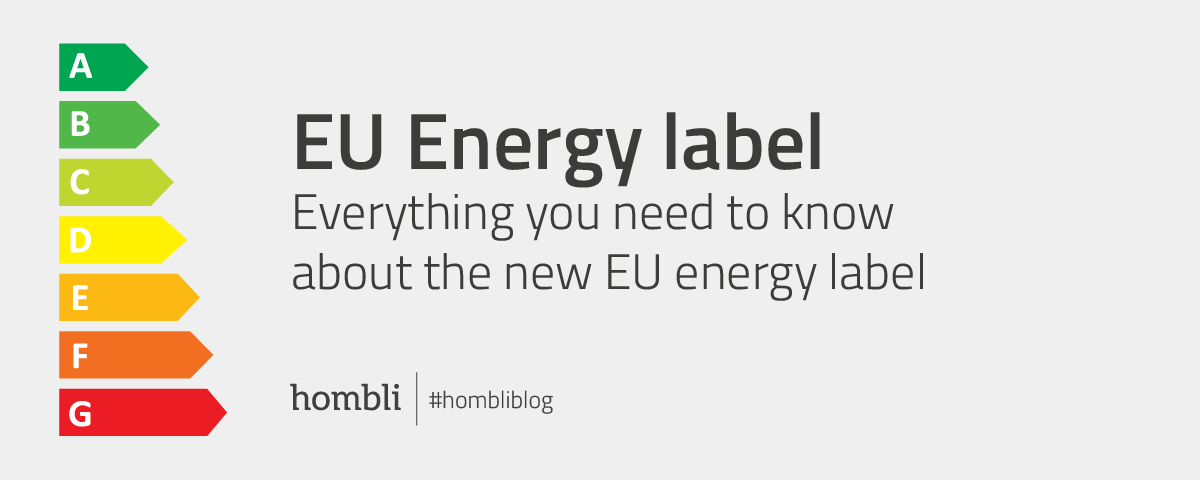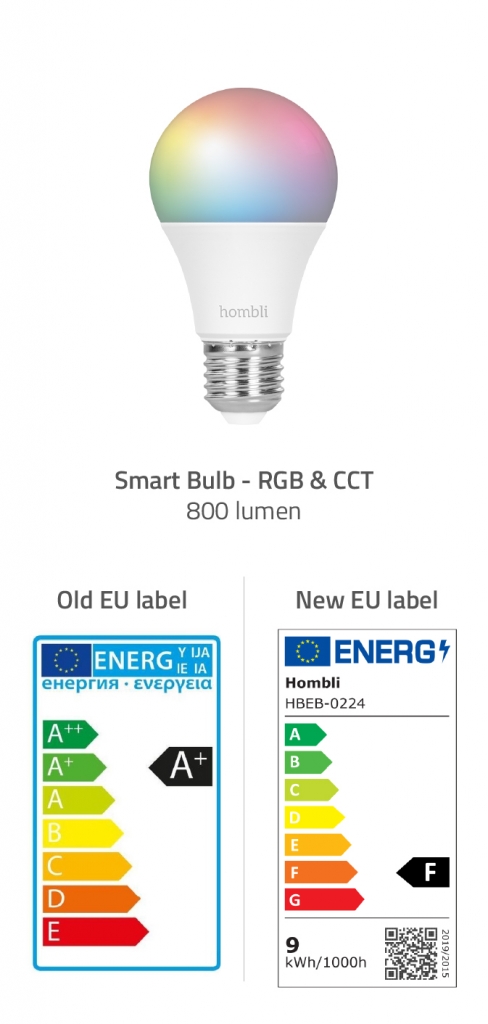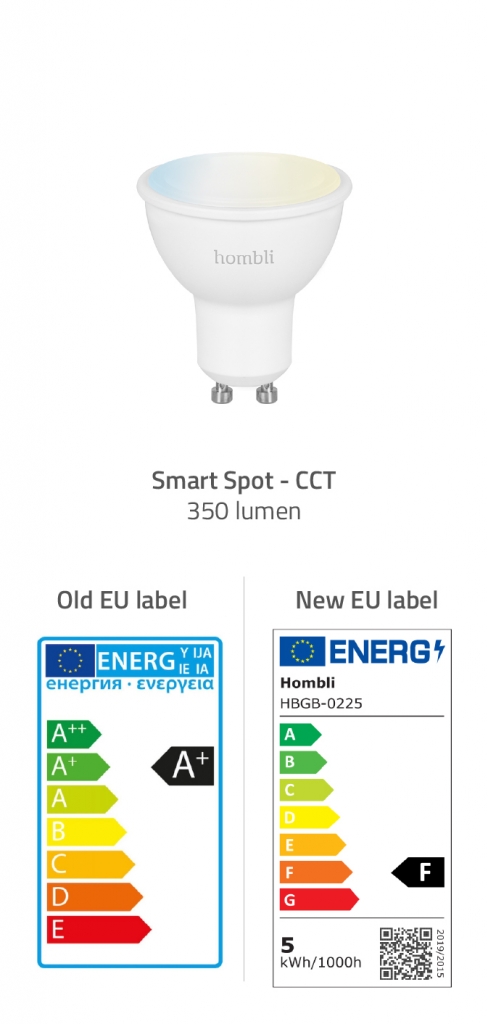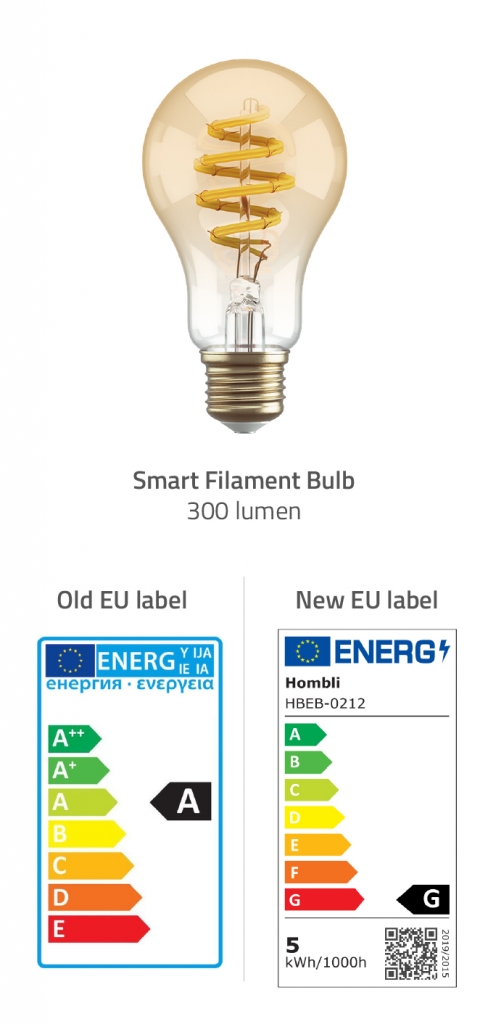
August 25, 2021
Everything you need to know about the new EU energy label
Many electronical home appliances contain an energy label from A (most efficient) to G (least efficient). This way the European Union wanted to help customers 20 years ago with making conscious choices for energy-efficient appliances. But nowadays the labels run from A to A+++ and the overview is gone. That’s why a new energy label will be in place, starting from September. What does this mean for you as a customer?
A new scaling
In the last few decades, more and more energy-efficient devices have been developed. This has led to EU labels such as A+, A++ and A+++. However, those pluses are not entirely clear. Yes, you can understand that A+++ might be a bit more energy efficient, but what’s the actual difference? Nobody knows. That’s why all electronic products are rescaled from A to G. The ‘A’ category is now reserved for future innovations in the field of sufficiency to prevent us from needing pluses again. This means that devices with the A label will certainly not be available in stores until 2022!
QR code and more
In addition to rearranging the labels, there are a number of new perks that should make the amount of energy consumption of the products clear. Electronic products will have a QR code that link you to the EU website for more information about the new energy label. From now on, the packaging will also state how much electricity (kWh) the product consumes when it is switched on for 1000 hours.
What does this mean for LED lights?
With the current energy label, a LED lamp falls into category A+ or higher. In September this will no longer be the case, because the comparison with incandescent lights, which are no longer sold, will disappear. In fact, even an extremely energy sufficient LED lamp can now receive a G-label. So it seems as if these products have become a lot less energy efficient and economical, but that is not the case. The scale has simply been adjusted. Of all the lighting there is, LED bulbs are still the most economical option.
The rate of lighting
When assessing the energy level, the light output of the bulb is taken into account. How much energy is consumed compared to the amount of light the lamp provides? For example, a regular smart bulb radiates more light than a filament smart bulb. That’s why our stylish Hombli filament lamp, specifically intended for ornamental lighting, scores lower on the European Union’s energy label categories than the standard Hombli Smart Bulb, even though the standard bulb consumes more energy.
Finally
The goal of the new EU energy label is primarily to make things more clear for customers. If this goal will be reached is a surprise. In any case, we hope that after reading this blog about the new EU energy label you are well prepared for purchasing new smart home appliances.
If you have any questions, please don’t hesitate to ask! Our support team is ready to help you. Send an e-mail to [email protected] and we get back to you within 48 hours.









